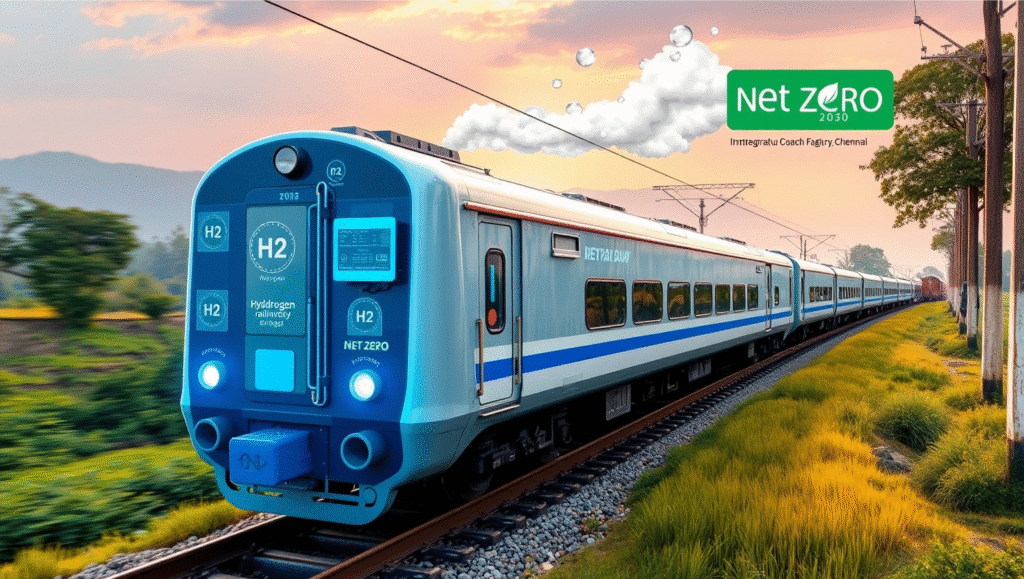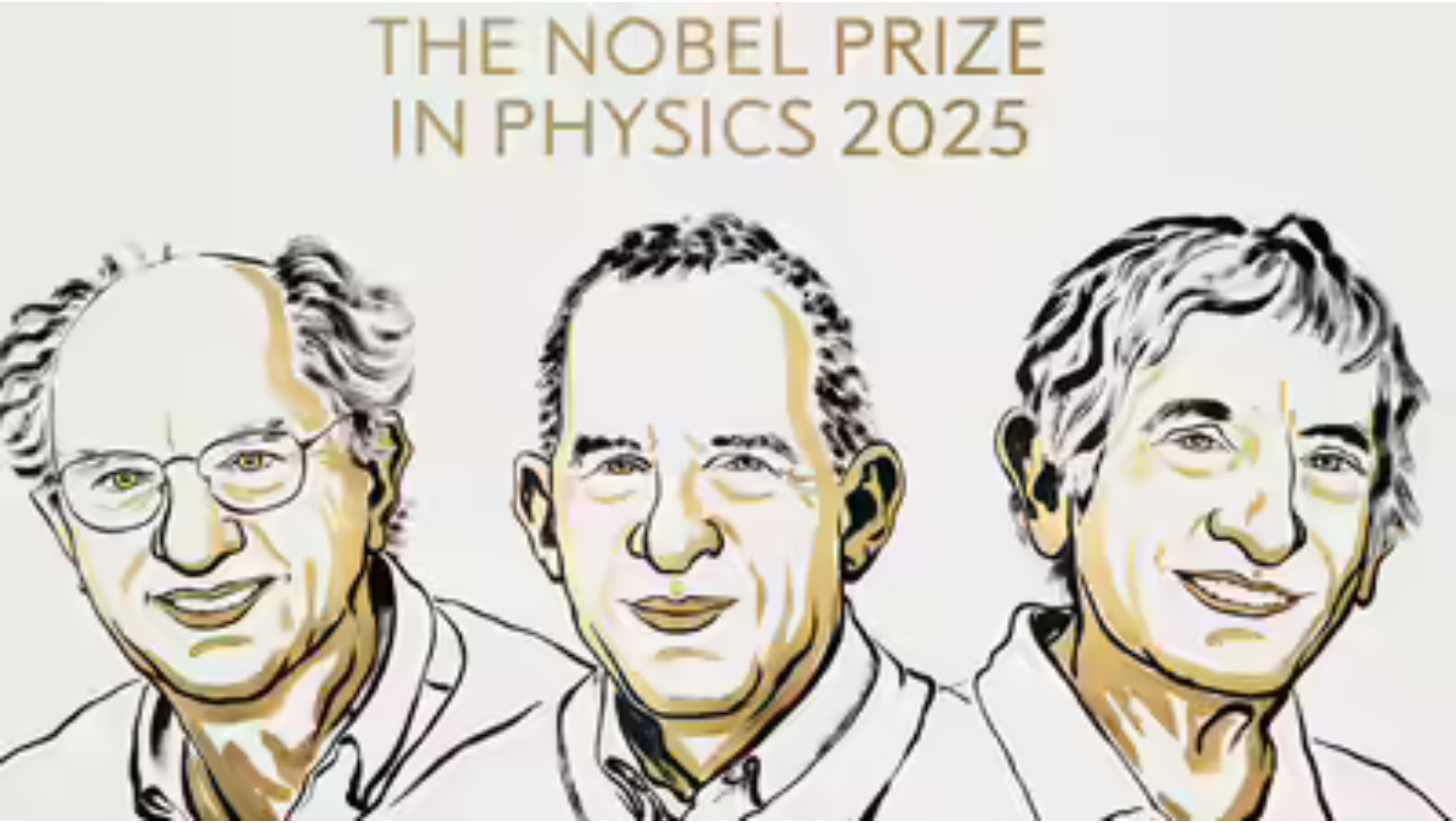Hydrogen-Powered Driving Power Car: India’s Green Rail Push
Syllabus: Infrastructure | Environment | Prelims
Source: The Hindu BusinessLine
Context:
India has successfully tested its first hydrogen-powered Driving Power Car at the Integral Coach Factory (ICF) in Chennai. This initiative is part of the government’s plan to run 35 hydrogen-powered trains under the ‘Hydrogen for Heritage’ scheme.
What is a Hydrogen Train?
A hydrogen train uses hydrogen fuel cells to produce electricity by combining hydrogen and oxygen. This process emits only water vapour and heat, making it an eco-friendly alternative to diesel engines.
About the Driving Power Car:
- Developed by: Integral Coach Factory (ICF), Chennai, under Indian Railways with Northern Railways’ support.
- Purpose: To replace diesel locomotives, especially on heritage and non-electrified routes, and help Indian Railways achieve net-zero emissions by 2030.
How It Works:
- Hydrogen fuel cells generate electricity to power motors.
- Excess energy is stored in batteries.
- Regenerative braking helps improve energy efficiency.
Key Features:
- Power Output: 1200 horsepower (HP) – highest among hydrogen trains globally.
- Coach Configuration: 10-car rake (compared to the global average of 5).
- Emissions: Zero – only water vapour is released.
- Cost: ₹80 crore per train; ₹70 crore for related infrastructure per route.
- Pilot Route: Jind–Sonipat (Haryana) identified for trial operations.
Significance:
- Technological Advancement: Positions India among global leaders in hydrogen-powered transport.
- Environmental Goals: Supports Indian Railways’ 2030 decarbonisation target.
- Green Economy: Lays the foundation for future use of hydrogen in trucks, tugboats, and heavy industries.
Conclusion:
The hydrogen-powered Driving Power Car is a major step toward sustainable and clean transport in India. It reflects the country’s commitment to innovation and climate action, particularly in the railway sector.











